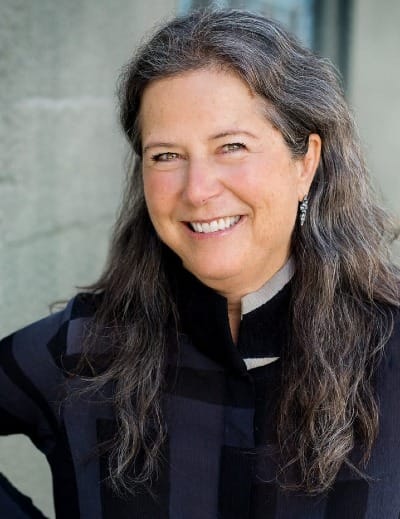Ivy Ross is the Vice President of Design for Hardware at Google. Over the past three years, she and her team have launched 30+ products winning over 90+ global design awards. This collection of hardware established a new Google design aesthetic that is tactile, colorful and bold.
A winner of the National Endowment for the Arts grant, Ivy's innovative metal work in jewelry is in the permanent collections of 12 international museums including the Smithsonian in Washington, D.C. Ivy has also held executive positions at Calvin Klein, Coach, Gap and Mattel among others.
Ninth on Fast Company's 2019 list of the 100 Most Creative People in Business, Ivy's passion is human potential and relationships and she believes the intersection of arts and science is where the most engaging and creative ideas are found.

Chris Lefteri: When you started to define Google hardware and its completely new design language from scratch, were you totally free to do that or did you receive any input from the founders?
Ivy Ross: We began the definition of Google Hardware with various sessions across our divisions, from marketing to engineering, software, UX and more. We truly wanted to express and identify what it should and look and feel like to hold Google in your hand. We identified core attributes that felt the most applicable and that we could draft off of as we built this new initiative within Google. Then we developed our design principles from there. The words 'human', 'optimistic' and 'bold' rang true to us and felt like a pure translation of what Google stands for. Then our job was to translate those three principles and the core of Google into the design of physical products.
CL: At what point did the materials come into that story? Was it at the beginning?




